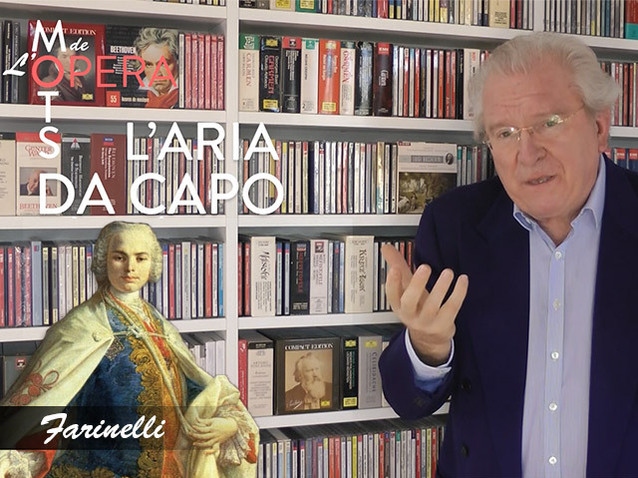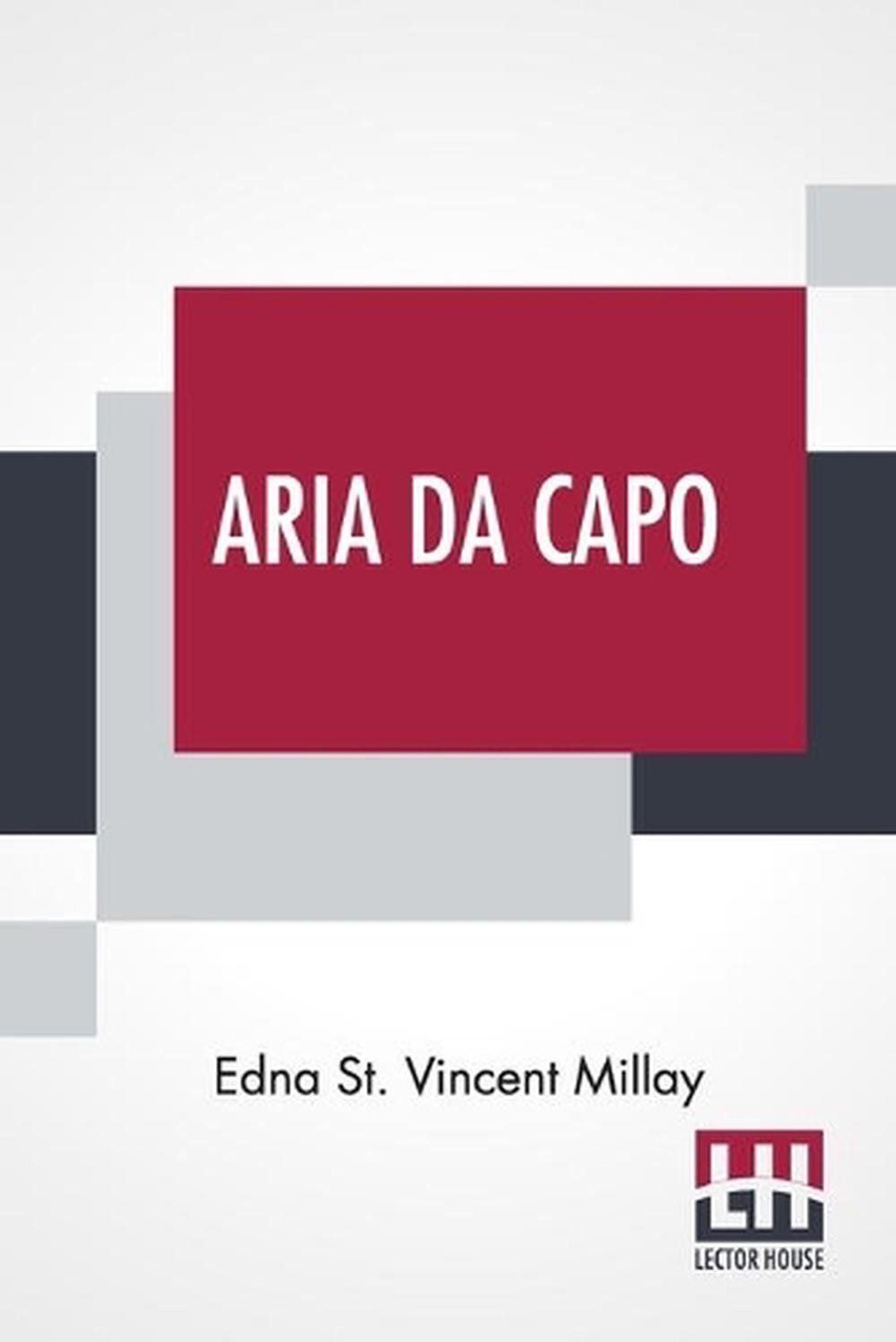

In the da capo aria the 'B' episode would typically be in a different key – the dominant or relative major key. with the opening section repeated, often in a highly decorated manner). Binary form arias were in two sections (A–B) arias in ternary form (A–B–A) were known as da capo arias (literally 'from the head', i.e.

The aria evolved typically in one of two forms. In such works, the sung, melodic, and structured aria became differentiated from the more speech-like ( parlando) recitative – broadly, the latter tended to carry the story-line, the former carried more emotional freight and became an opportunity for singers to display their vocal talent. In the context of staged works and concert works, arias evolved from simple melodies into structured forms. In opera Aria form in late 17th century French and Italian opera
DA CAPO ARIA FREE
By the early 16th century it was in common use as meaning a simple setting of strophic poetry melodic madrigals, free of complex polyphony, were known as madrigale arioso. Santino Garsi da Parma lute works, 'Aria del Gran Duca'). By the end of the 16th century, the term 'aria' refers to an instrumental form (cf. The Italian term aria, which derives from the Greek ἀήρ and Latin aer (air), first appeared in relation to music in the 14th century when it simply signified a manner or style of singing or playing. The term was originally used to refer to any expressive melody, usually, but not always, performed by a singer. The typical context for arias is opera, but vocal arias also feature in oratorios and cantatas, or they can be stand-alone concert arias.

In music, an aria ( Italian: plural: arie, or arias in common usage, diminutive form arietta, plural ariette, or in English simply air) is a self-contained piece for one voice, with or without instrumental or orchestral accompaniment, normally part of a larger work. (Note the da capo instruction.) First edition, London, 1719. The farewell aria of Sultan Bazajet in Handel's opera Tamerlano.


 0 kommentar(er)
0 kommentar(er)
